Sharing and Blog
WorkEm help you improve who you are, what you do and what you aspire to.
Reimagining The Business Model Canvas for Triple-Bottom-Line
The popular Business Model Canvas (BMC) from 2005 by Alexander Osterwalder et al. offers a basic tool for discussing business models. It is often used in workshops where it provides simplicity for people who do not typically develop business models.
The simplicity comes with a price; it is easy to fall off the canvas when discussing deeper aspects related to business models. Sometimes, the adjacent Value Proposition Canvas (VPC) captures fallen aspects such as pains and gains
How come? A BMC fails to represent the logical underpinning of the business model completely and to translate the business model into a language that can direct and guide the choices and actions of those who must implement it on a daily basis.
In these articles, we aim to close the gap between the visualisation of the business model and the execution.
In a series of articles, we will slowly redesign, transform and interweave the Business Model Canvas to handle more aspects without sacrificing simplicity. The results in the interweaved Business Model Canvas (iBMC).
The iBMC is enriched to incorporate aspects such as ...
- Triple-Bottom-Line: economic, environmental, social or profit, people, and the planet;
- Sustainability and Circular Economy;
- Strategy and Balanced ScoreCards;
- "Playing to Win" strategy approach by Roger Martin
- Value ladders and Value chains;
- Digital Product Passport,
- Capability and Resource-based views of the firm,
- Benefits Realisation,
- and more.
The Reimagining of the Business Model Canvas is organised in a series of What-If steps, each adding particular aspects. Each step adds insights into the BMC and how it differs from related theories, practices and canvases.
These articles assume that you have some familiarity with the BMC and its themes.
- 0. The starting point: Business Model Canvas
- a. What if we, add value laddering and move up the cost and revenue themes?
- b. What if we, add value streams and treat partners as part of an extended enterprise?
- c. What if we, add customers jobs-to be and macro structures?
- d. What if we add enablers and means?
- e. What if we, add stakeholder values?
- f. What if we, add key impacts and outcomes?
- g. What if we, add Triple Bottom Line?
- h) What if we, add circularity to the linear model?
- i) What if we, add strategies, balanced scorecards and action plans?
Let's start the transformation and interweave the BMC together with the triple bottom line, sustainability and strategy.
The first step introduces the start and baseline, the original Business Model Canvas. After each step an interweaved canvas is presented.
0. The starting point: Business Model Canvas
The starting point and baseline is the well-known Business Model Canvas (BMC) from 2005 by Alexander Osterwalder, as illustrated in the book "Business Model Generation" from 2010.
he canvas contains 9 parts that are translated into 9 themes and talking points using the Bricks and Mortars practice. We leave deeper explanations of the themes and their talking points to the plentiful web pages, Wikipedia and books out there.
The BMC themes are:
- Key Partners: required partners and networks.
- Key Activities: critical activities in executing the value proposition.
- Key Resources: critical resources used to offer and deliver customer value.
- Value Propositions: the promises of value delivered through offered products and services.
- Customer Relations: relationships with customers in customer segments.
- Channels: communication, distribution, and sales channels used to deliver values.
- Customer Segments: customers or segments of customers the organisation serves.
- Cost Structure: financial consequences of executing the value proposition.
- Revenue Streams: revenues from delivering the value propositions successfully to customers/customer segments.
The adjacent Value Proposition Canvas (VPC) can be used to capture additional aspects such as pains and gains.
The graphical layout of the themes in the canvas is illustrated using boxes.
a. What if we, add value laddering and move up the cost and revenue themes?
In this first transformation, we make a seemingly trivial change by moving the cost structure and revenue streams up to the top of the canvas. This graphical change introduces something that later will be proven to be important: value-laddering.
A value ladder links different parts together in a ladder where the next step is qualitatively better than the previous or lower step. An example from marketing analysis is where attributes lead to consequences and values, forming a ladder.
This opens up discussion about the underpinning logic and mechanisms of how worth (revenues - costs) is generated.
In the BMC case, access and control over resources have some value that can lead to even higher values for the organisations when used in activities. The ownership and use of resources and the use of the resources incur costs, thus leading to cost consequences.
In theory, this kind of reasoning and laddering can be found in the Resource and Capability-based theories of the firm, Maslow's hierarchy of needs, means-ends chains, etcetera.
In practice: a positive effect of adding value-laddering is that discussions about how value is generated become a primary concern.
In the end, when a BMC is defined, the value-generating mechanisms form hypotheses and should, therefore, be tested and evaluated during the execution of the business model. If they cannot be validated, then the BMC is built on weak or faulty premises and should be re-examined.
In later steps, we will build on the introduced value-laddering strand to integrate and interweave BMC with the triple bottom line and strategies.
b. What if we, add value streams and treat partners as part of an extended enterprise?
A value chain links together up-stream partner activities with a company's activities and the next customer's activities down-stream.
Research has shown that most companies are very well aware of their closest partners or suppliers (-1) and their customers (+1). However, the further away the suppliers and customers customer are, the less knowledge exists.
The baseline BMC contains three value-creating parts: partners, company, and customer (segments) arranged linearly. However, linear analysis is now challenged by the increased emphasis on sustainability and circular economies that, by necessity, introduce loops and circularity into the value chains.
In later steps, we will show how to open up BMC to circular business models based on making the value stream visible.
In Practice, the Digital Product Passport, which is soon mandatory for most products placed on the European market or put into service, is an example of how knowledge about a company's value chains becomes increasingly essential.
Secondly, we treat partners as part of a value chain where they have access to, own and use "Resources" in their "Activities".
This opens up discussions about the distribution of who should do what with resources such as materials, parts or components.
In practice, from a resource point of view, should resources be sourced from partners, be owned and controlled by the organisation, or provided by customers?
How should a resource be disassembled?
What CO2 footprint has the resource?
In practice, from a value creation point of view, should values be co-created and products be co-developed?
What services are provided by the partner or the company?
Who is making components, assembling them and making them available to the market?
How and by whom are resources disassembled?
How are resources fed back into the values stream through Re-activities (refurbishment, remake, repair, recycle, etcetera)?
Dematerialisation and decoupling are two concerns for an eco-friendly world that can now be discussed within the iBMC. Dematerialisation aims for continued growth with less material consumption in each part of the value chain. Decoupling to discuss the separation of economic growth from the consumption of raw materials.
The two patterns, value chain and value ladder provide a rich logical and systemic foundation for the iBMC and development of sustainable business models.
Note: the concepts of the value chain and value ladder are part of the Interweaving theory of Architecture, which can be interweaved into business and strategic thinking.
c. What if we, add customers jobs-to be and macro structures?
In this transformation, we balance the interweaved Business Model Canvas in two ways.
Firstly, we add "Key Customer Activities" and "Key Customer Resources" themes in addition to "Customer Segment(s)" to match the organisation's and partner's activities and resources.
Secondly, we add a "Partner Network" theme to align with customer segment(s).
Then, we add a "Governance and Management System" theme to support Roger Martin's "Playing to Win" approach to strategy.
Enable: The "Key Customer Activities" and "Key Customer Resources" enable deeper discussions about ...
• what customers do and have access to,
• customer's jobs-to be,
• the distribution of who does what in the value stream,
• co-design and engineering to order.
Enable: The "Partner Network" enables discussions about the selection and organisation of partners on a larger scale.
Theory: The "Playing to Win" strategy approach by Roger Martin is now supported by the "Governance and Management System".
• What is our winning aspiration? [added in later transformation]
• Where will we play? [by Channels, Customer Segments, and Partners Network]
• How will we win? [by Value Propositions]
• What capabilities must be in place? [by Activities and Resources]
• What management systems are required? [by Governance and Management System]
Theory: The Capability and Resource-based views of the firms are now supported by the addition of "Key Activities" and "Key Resources"
Graphics: The "Governance and Management System" theme is positioned in the intersection of "Key Activities", "Partner Network" and "Customer Segments". This is not a logically correct position since the theme does not group or cluster the organisation and its activities. The position results from a trade-of between graphics, value ladder logic and support for the Playing to Win" approach.
d. What if we add enablers and means?
In this Transformation, we add the concept of "Enabler" to the "Key Resources" theme.
Enable: This opens up discussions about key elements that are means, help, support, facilitate or enable the organisation in focus to create and sustain value.
This is in addition to having access to or own and use resources such as materials. Both resources and enablers are elements to invest in, raise, reduce, or eliminate and create values, outcomes and impacts.
The resources and enablers feed into the next step of the value ladder, the processes.
Resource examples: natural material, energy, people, equipment, information systems, AI agents, knowledge, skills, etcetera.
Enabler examples: policy, organisational structure, governance system, ethics, engagement, coordination, knowledge management, methodology, efficient use of pooled resources, services, conditions that must be true, executed activities, etcetera.
Theory: Enablers are commonly found in Benefits Realisation, Program Logic, Theory of Change, Updated Balanced Scorecard for Triple Bottom Line, and Value ladders.
Graphically, it is possible to add a separate box for Enablers. In this iBMC version, we integrate Resources and Enablers into one box for space considerations while maintaining visible discussions about both.
h) What if we, add circularity to the linear model?
Enter your text here ...
i) What if we, add strategies, balanced scorecards and action plans?
More to Come, stay tuned!
by Author
When you subscribe to the blog, we will send you an e-mail when there are new updates on the site so you wouldn't miss them.
By accepting you will be accessing a service provided by a third-party external to http://workem.com/

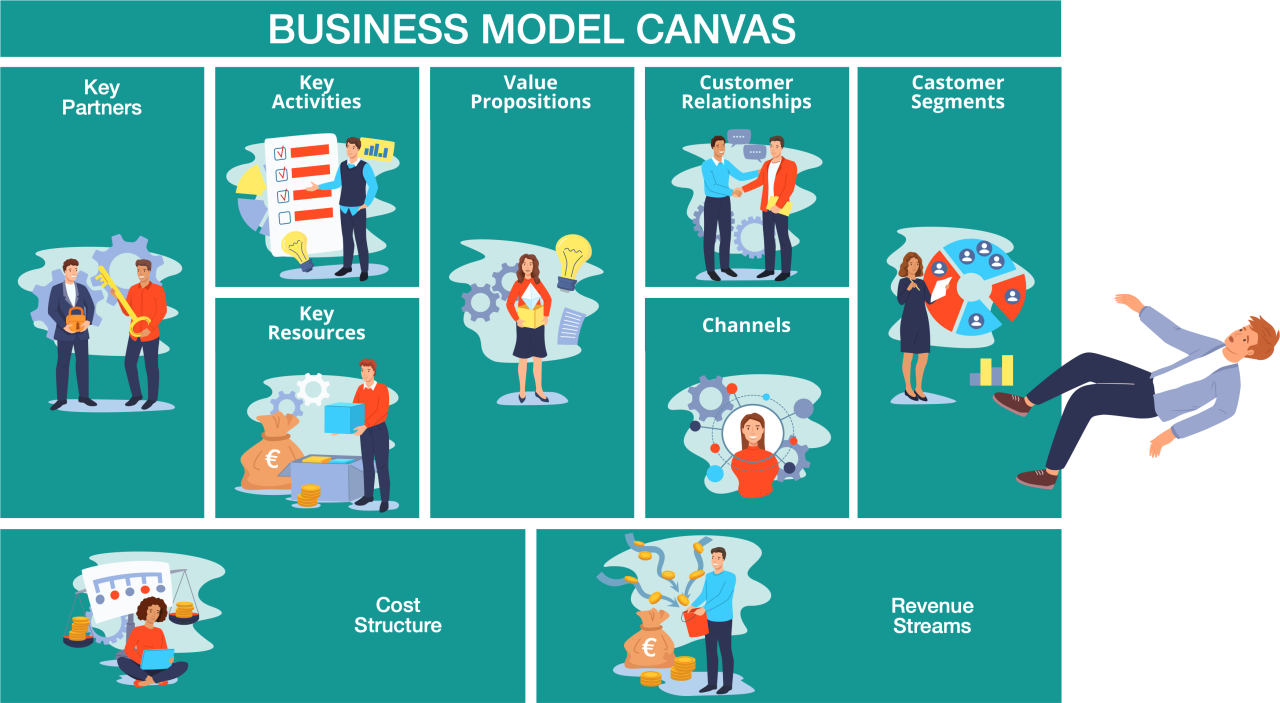
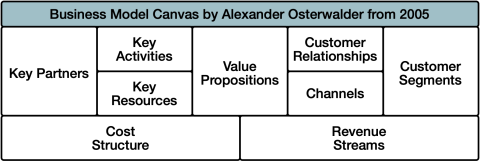
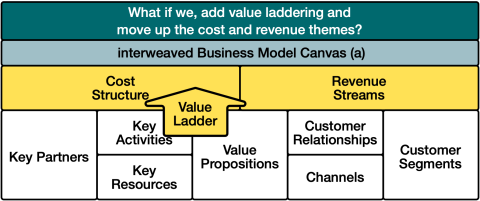
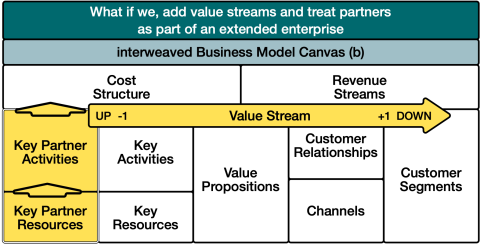
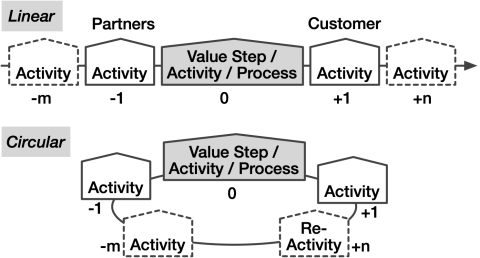
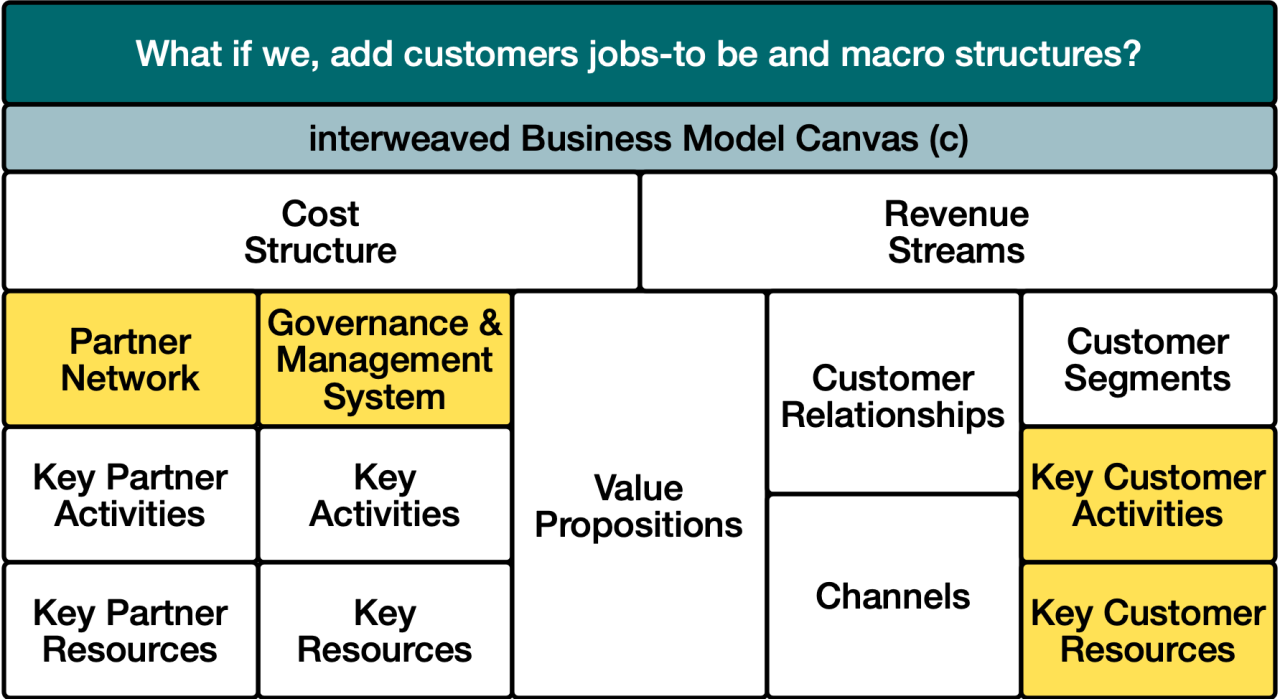
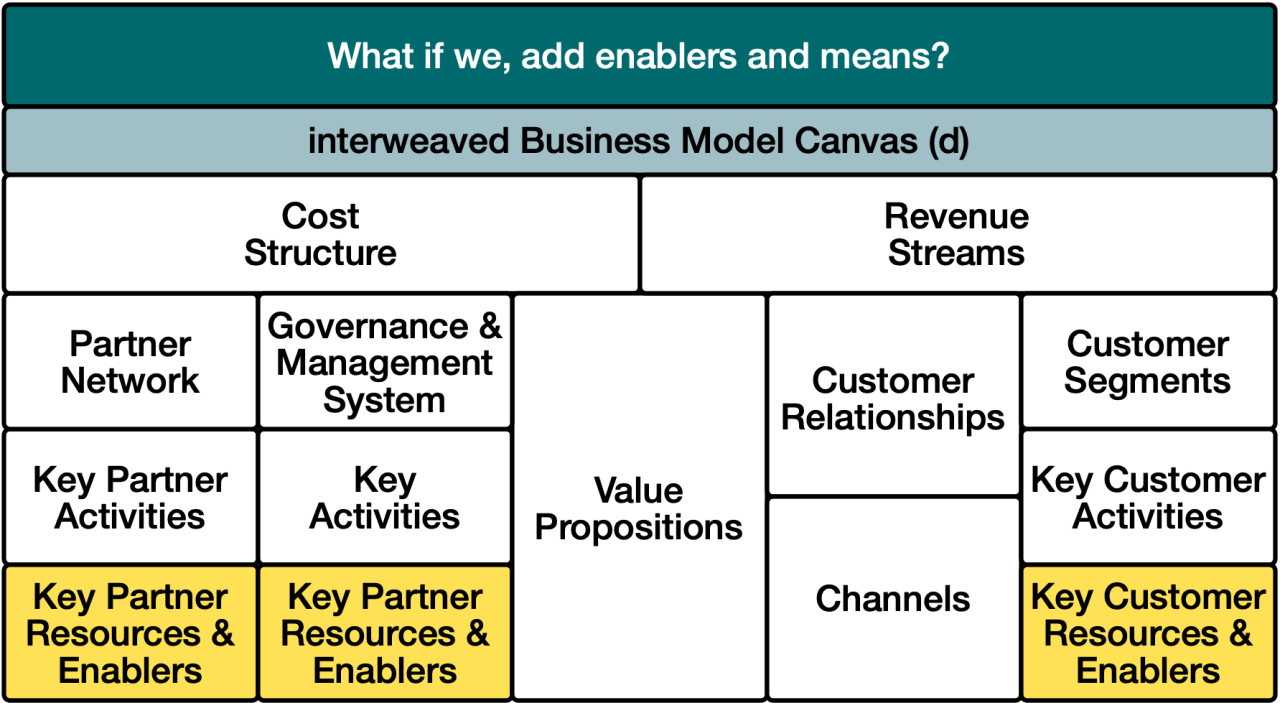
Comments